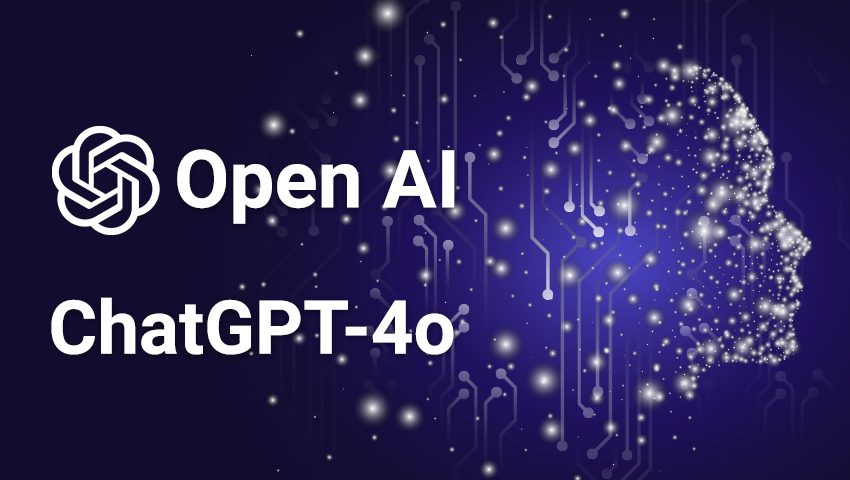
A new era of multimodal AI with GPT-4o
OpenAI has taken a significant leap forward in artificial intelligence with the introduction of GPT-4o during its Spring Update event. This new flagship model marks a major advancement towards more natural human-computer interaction, capable of processing and generating outputs across audio, video, and text formats.
Let’s dive into the key improvements of the model:
- Multimodal capabilities: Unlike its predecessor GPT-4, GPT-4o is natively multimodal. It can accept input in any combination of text, audio, and image and generate corresponding outputs in the same formats.
- Faster and more intelligent: GPT-4o retains GPT-4-level intelligence but operates significantly faster. It can respond to audio inputs in as little as 232 milliseconds, with an average response time of 320 milliseconds – comparable to human conversation speed. This enhancement makes interactions more seamless and dynamic.
- Image understanding: GPT-4o excels in understanding and discussing images. For instance, users can take a picture of a menu in a foreign language and ask GPT-4o to translate it, provide information about the food’s history, and even offer recommendations.
- Voice mode: OpenAI plans to introduce a new voice mode, enabling real-time voice conversation and interaction with GPT-4o. Imagine asking it to explain the rules of a live sports game based on what it observes.
- Multilingual support: GPT-4o’s language capabilities have been significantly enhanced in both quality and speed. It now supports over 50 languages and offers real-time translations, fostering global communication and cross-lingual applications.
OpenAI has made GPT-4o freely available, but with a twist. Free users have a limited usage quota. Regardless of the monetization strategy, GPT-4o’s launch has undeniably impacted the tech landscape. The increased accessibility of advanced language models like GPT-4o promises to accelerate innovation across various fields.
Watch our new video “Unveiling GPT-4o. OpenAI Presented the Future of AI” on Youtube and learn more about the new capabilities of the AI model GPT-4o.
